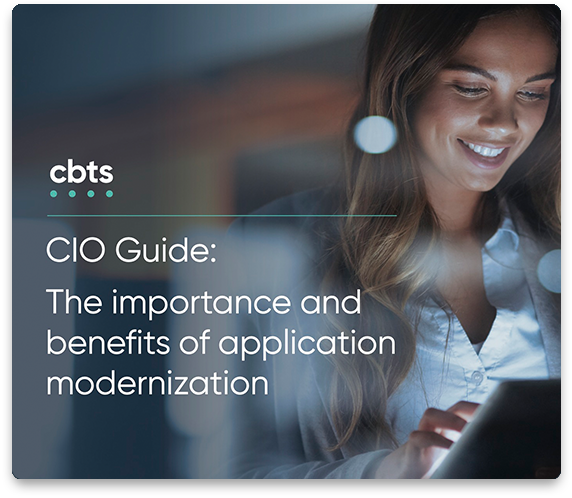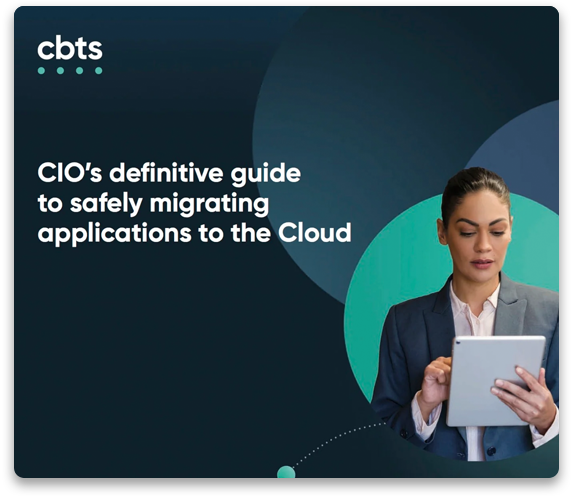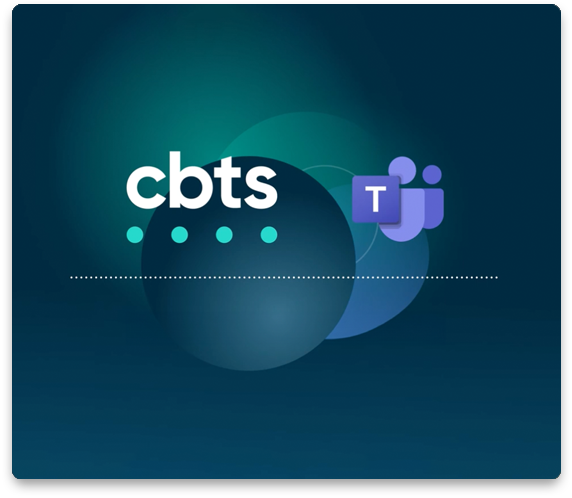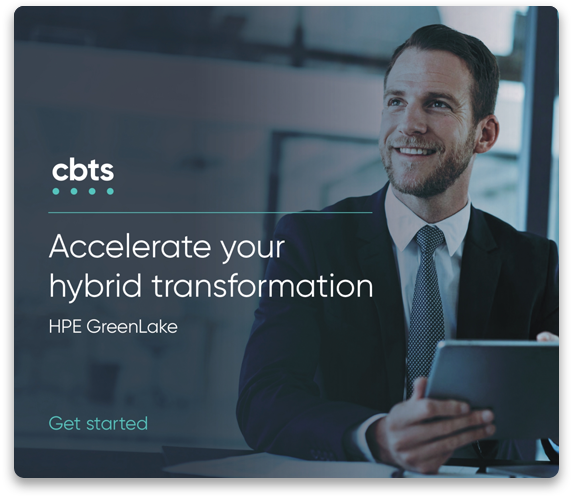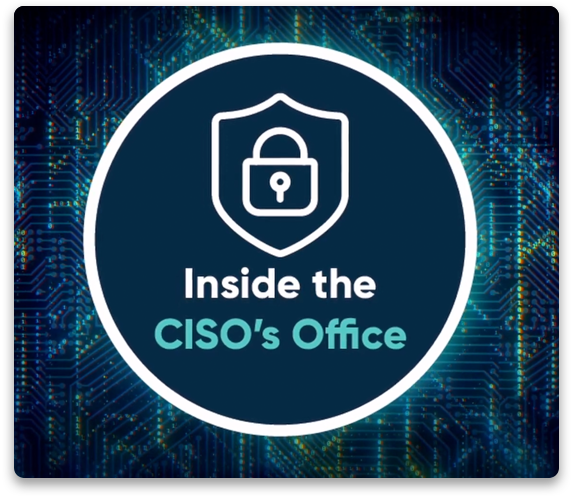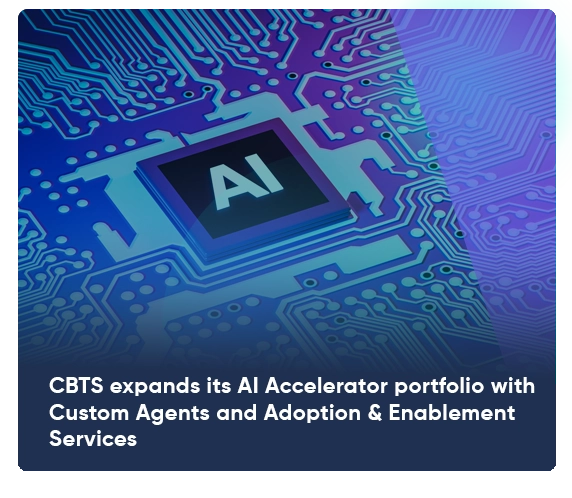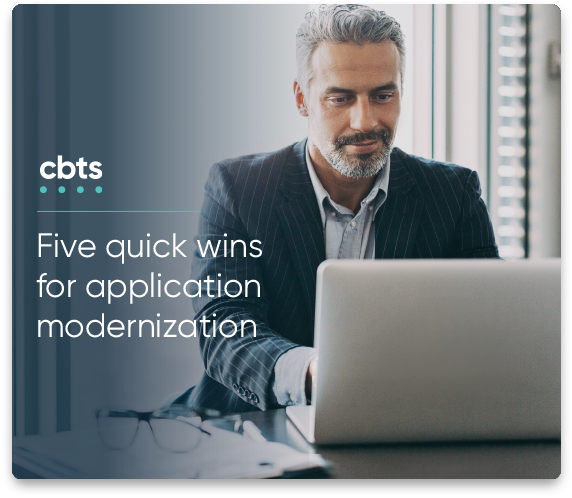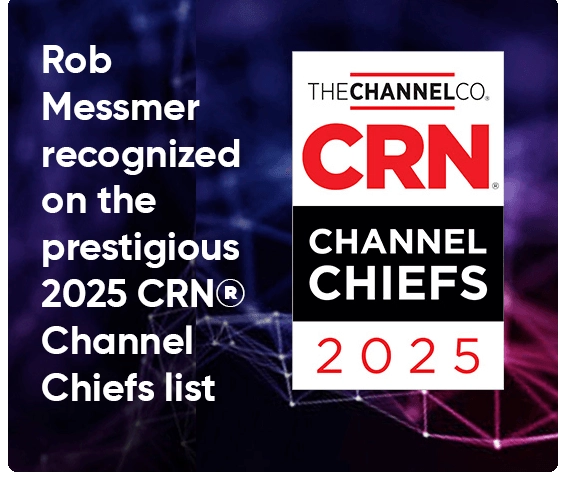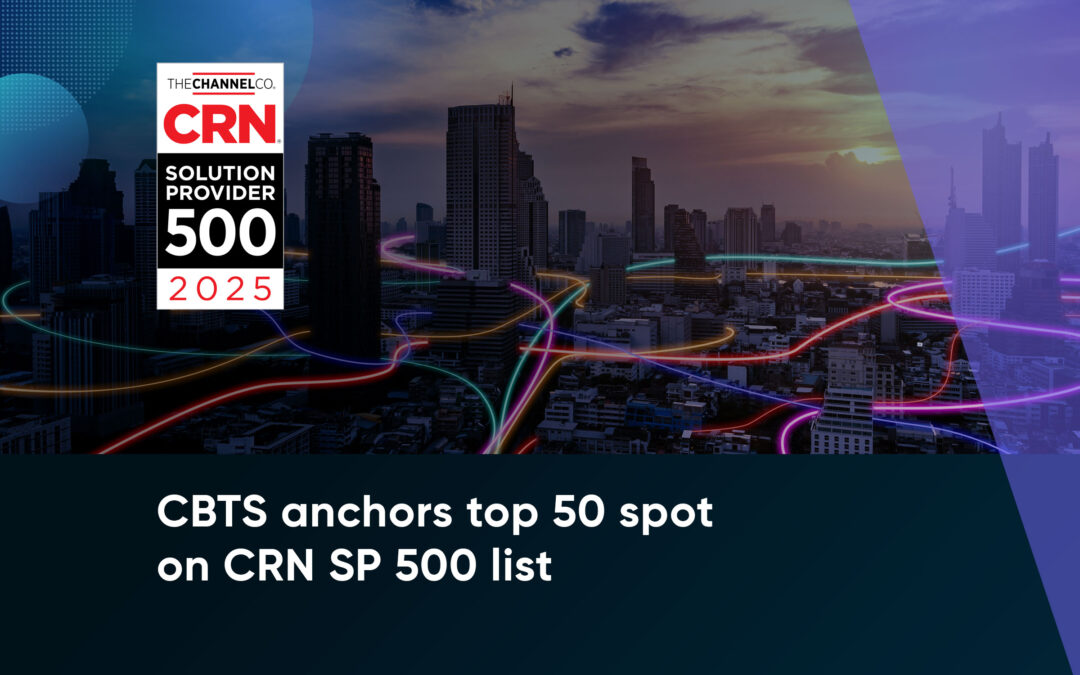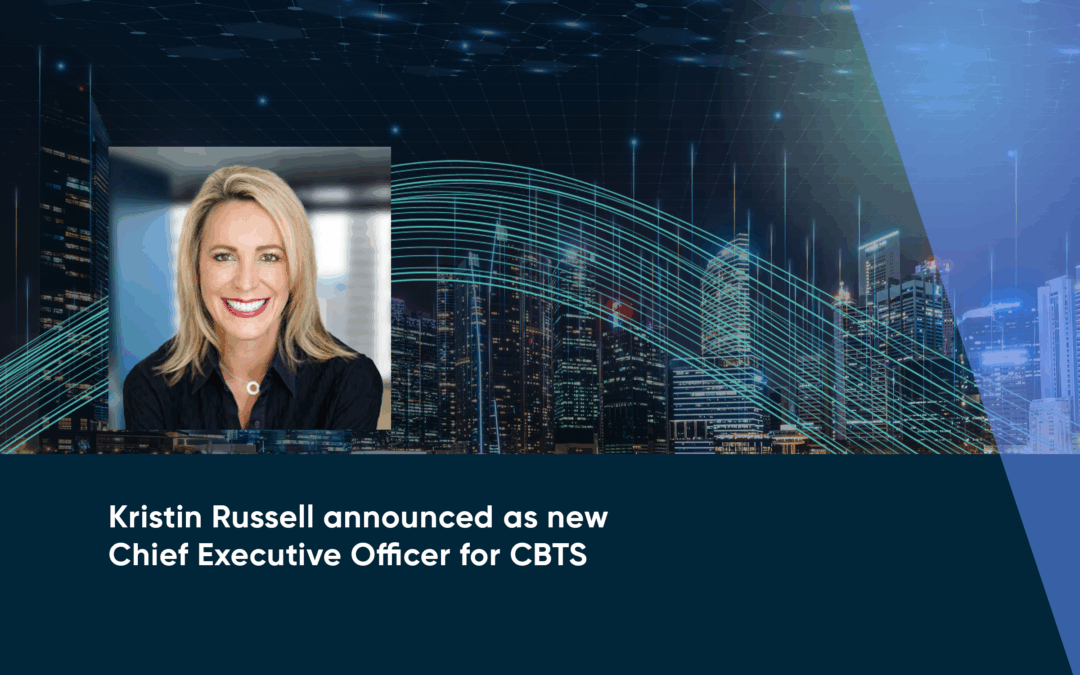
Managing complex environments is the norm for enterprise IT teams. Research from HPE found that over 90% of enterprises use some form of hybrid cloud computing. This move to hybrid cloud environments, which often blend private and public clouds with on-premises systems and SaaS tools, was initially somewhat accidental, as enterprise IT departments struggled to merge disparate tools.
But the explosive growth of generative AI (GenAI) over the past two years has driven more enterprises to adopt the hybrid cloud model as a means to address the massive data needs of AI, address complex security needs (both on-premises and off), and create visibility and control across the entire digital estate. Once considered not secure, the industry has seen a marked shift where public cloud vendors are often considered the most secure environments.
As with many areas of IT, AI is creating both challenges and solutions for managing enterprise environments. AI-powered applications frequently function within multi-cloud settings, which intensifies security concerns. Compliance is also a concern, as public GPT models are not secure for sensitive data such as financial information or proprietary intellectual property. However, AI is helping organizations optimize cloud usage by spinning up public cloud resources on an as-needed basis, spurring considerable cost savings.
This post will examine this trend and identify strategies for securing hybrid cloud environments.
The need for hybrid cloud environments
Enterprise environments were becoming more complex before the rise of AI. Still, generative AI workloads have only exacerbated existing issues with siloed data and a lack of visibility across disparate tools. As an organization grows in AI maturity, it naturally cycles through initial experimentation with AI to custom-built large language models (LLMs). Public clouds become cost-prohibitive for a custom AI model, while private data centers are also resource-intensive. The next step in the journey is to optimize public and private clouds (as well as SaaS and other on-premises assets) into a unified hybrid cloud.
But hybrid cloud security is another matter. These hybrid environments often span vendors, generations of technology, and systems of all kinds. It is all too easy to overlook a tiny chink in the armor, and threat actors are actively looking. Cyberattacks increased by 30% last year. Bad actors are shifting away from malware to interactive intrusions (hands-on attacks) in which attackers mimic legitimate behavior to gain access to or steal employee login credentials. Interactive intrusions spiked 55% last year.
Learn more: Understanding hybrid IT and hybrid cloud infrastructure
The benefits of a hybrid cloud model
With a hybrid cloud, businesses benefit from the scalability and power of the public cloud while managing sensitive data with the security that a private cloud can offer.
- Cost efficiency: Adopting a hybrid cloud model allows businesses to reduce expenses by leveraging the public cloud for demanding AI tasks, eliminating costly infrastructure investments.
- Resource optimization: Companies can access specialized hardware like graphic processing units (GPUs) and tensor processing units (TPUs) on a pay-as-you-go basis in the public cloud, enabling them to manage costs effectively while exploring new AI technologies without heavy upfront investments.
- Enhanced data management: The hybrid cloud provides a secure environment for sensitive data in a private cloud while utilizing the public model’s scalability and analytics capabilities for less sensitive information.
- Unified data strategy: Hybrid clouds facilitate seamless data integration across on-premises and cloud environments, simplifying data management and enabling AI teams to focus on innovation rather than inefficiencies.
- Accelerating innovation: By providing on-demand access to extensive computational resources, the hybrid cloud fosters quicker experimentation and iteration, allowing companies to expedite the development and market launch of AI-driven products and services.
Securing the hybrid cloud
Just like implementing and refining a hybrid cloud environment, creating an effective hybrid cloud security strategy is a process. It is important to note that it is an ongoing process because, truly, there is no such thing as too much cybersecurity.
Below are a few steps your security team and larger organization can take to implement a security program worthy of a hybrid cloud enterprise environment.
Be proactive.
Leading companies develop effective security strategies by implementing the right processes and continuously training personnel rather than waiting for incidents to occur. Most major breaches result from human or process mistakes, not technology failures. Various studies show human error as the cause of 75% – 95% of data breaches.
Break down information silos.
Security responsibility often falls to individual teams or the cybersecurity team, with little communication among business units. Enhanced security requires coherent communication and collaboration among all teams, including technical staff and C-suite executives.
Prioritize security earlier.
Security should be integral to project planning rather than an afterthought, as retrofitting security measures can be challenging and costly. Early collaboration between security professionals and project developers minimizes disruption and vulnerabilities.
Implement multiple layers of security.
In a hybrid cloud, it is not only appropriate but necessary to apply different layers of security processes and tools to public and private assets. Compliance mandates require special measures for sensitive data that should be secure on-premises or within a private cloud, while public clouds are secured chiefly by the cloud service provider. It is up to each organization to develop a security program that seamlessly secures each aspect of a hybrid cloud.
Automate processes and tools to reduce the potential for human error.
Organizations should adopt proactive tools that automate security processes, reducing human error and enhancing overall security posture. Automation and machine intelligence are critical for a proactive security approach.
Choose the right partners.
Managing a hybrid cloud environment and staying on top of emerging threats is a lot to handle. Fortunately, there are expert partners like CBTS who leverage partnerships with industry-leading technology providers to help you create and secure a seamless hybrid experience for the enterprise.
Also read: Is AI a friend or foe? AI adoption in the age of technology anxiety
Building a robust hybrid cloud security programwith CBTS
The advancement of AI offers businesses significant opportunities alongside notable challenges. To harness this potential, executives must establish the appropriate infrastructure, which involves collaborating with a cloud provider that delivers a comprehensive range of options—public, private, hybrid, and multi-cloud services.
As the threat landscape rapidly evolves, organizations must recognize that current hybrid cloud security measures may soon fall short against emerging risks. With attackers increasingly leveraging AI tactics like those used for defense, staying ahead of potential vulnerabilities is crucial.
CBTS provides expert technology solutions to facilitate digital transformation and offer support throughout your journey. Our IT professionals take a personalized approach to enhancing your technology solutions, assisting businesses in achieving hybrid infrastructure and AI objectives.

